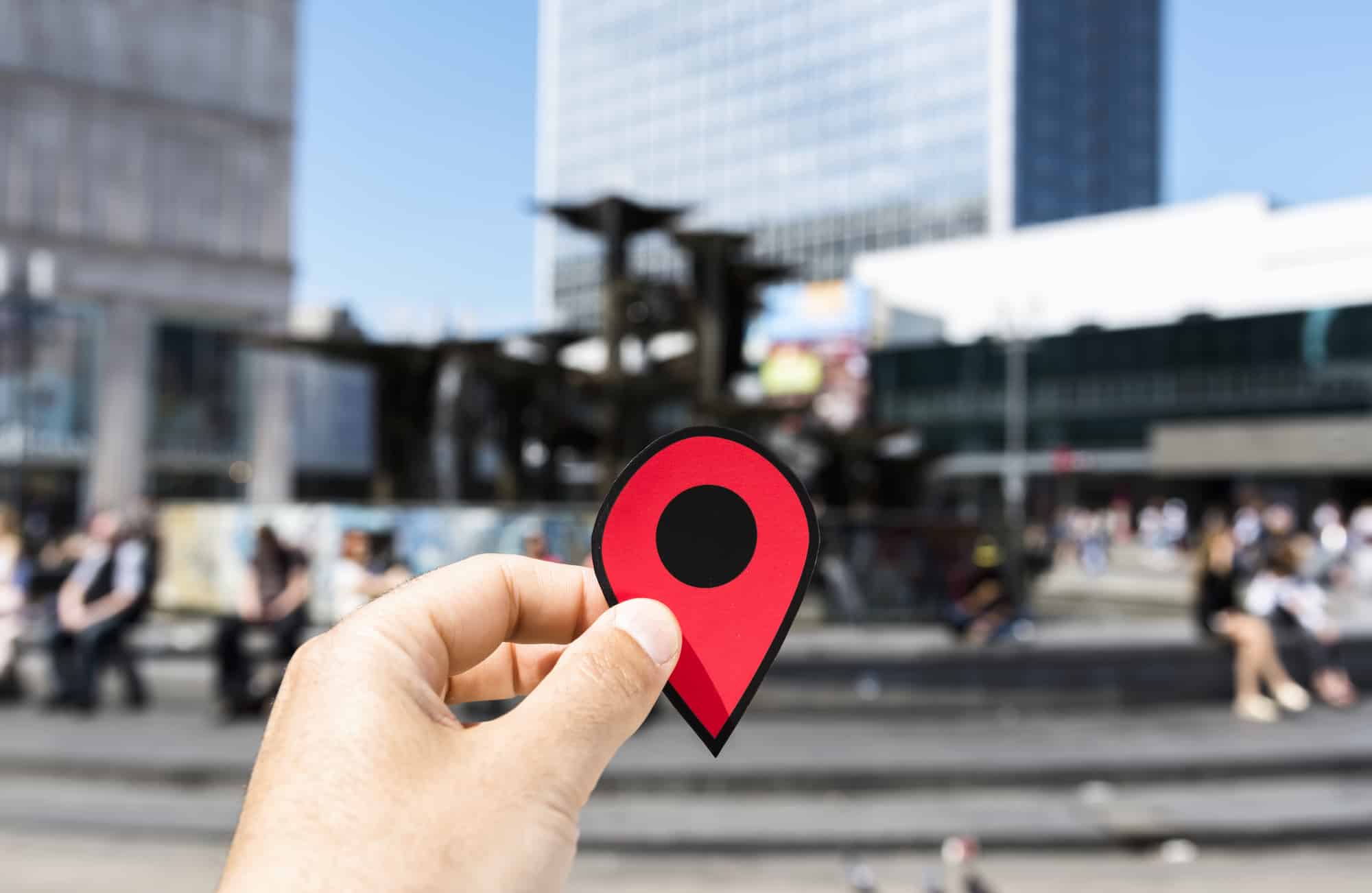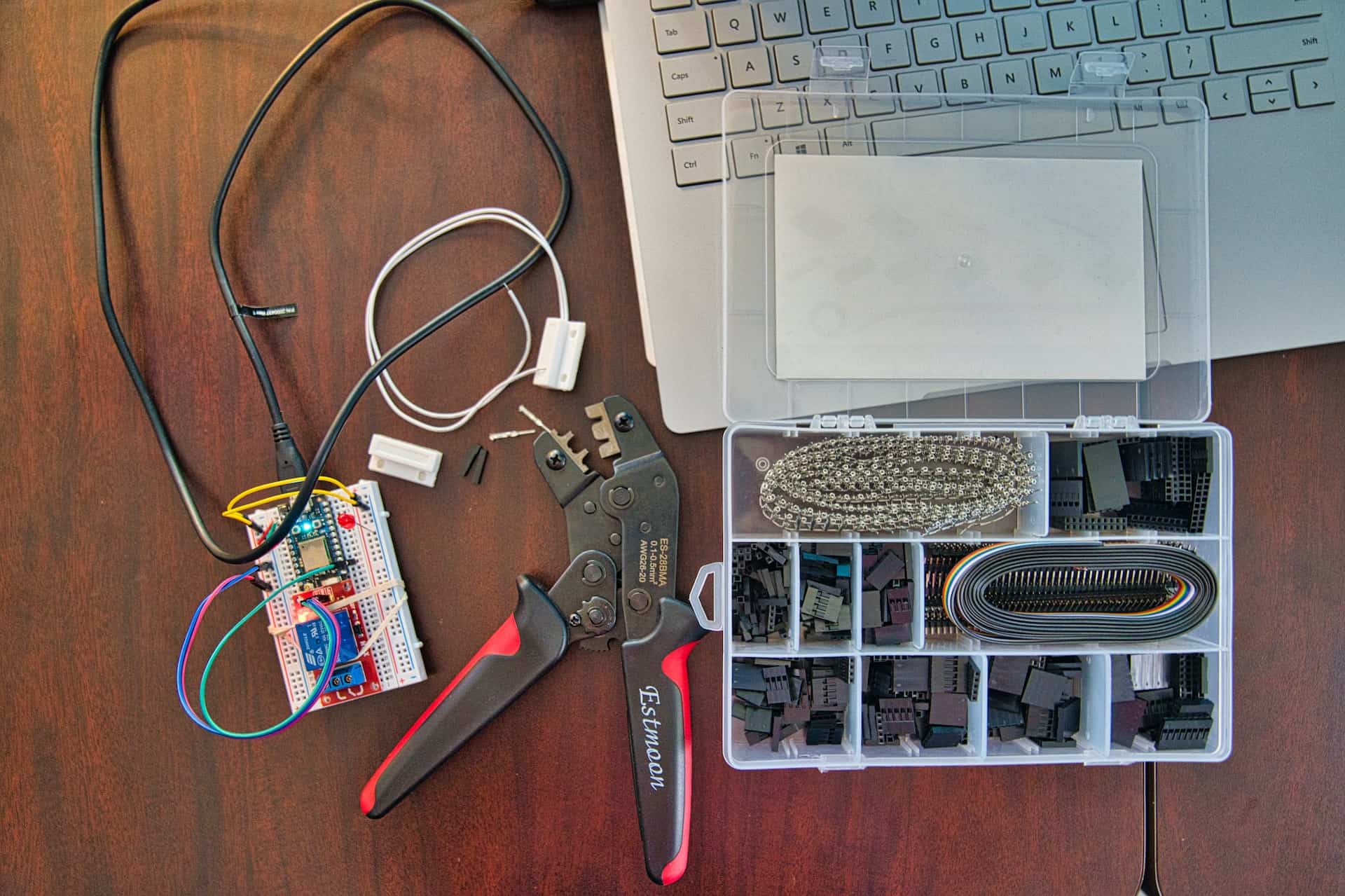Data collection methods have evolved over the years from manual data collection to doing everything digitally. The techniques used to collect and analyze travel data have evolved with the rise of big data and the significance of customization in the travel industry.
This article discusses the evolution of travel data collection methods from the modern mobile application time to the artificial intelligence-based future.
Transforming Transportation: The Digital Age’s Evolution of Data Collection
The travel industry has witnessed a remarkable transformation with the emergence of digital adoption platforms. Technological advancements, including GPS and location-based services, automated traffic monitoring systems, mobile applications, and user-generated data, have been key drivers behind the widespread adoption of these digital platforms.
Introduction Of GPS And Location-Based Technologies

Travel agencies may now track their customers’ locations in real-time thanks to GPS and other location-based technologies. For locating vehicles and tracking fleets, tracking businesses primarily employ GPS. The current state of GPS technology has allowed for the collection of journey time data.
Automated Traffic Counting Systems
Automated traffic counting systems are becoming more widespread, making it possible to analyze traffic patterns in real-time and reduce congestion on crowded roadways. Travel patterns and flow data have been vitally collected through automated traffic counting technologies like cameras and sensors.
Mobile Applications And User-Generated Data
Travelers are increasingly adopting mobile applications to organize their vacations, reserve lodging and activities, and post pictures and videos of their adventures online. Travel agencies may better personalize their services to fit the demands of their consumers because of the insightful customer preferences, feedback, and opinions revealed by this user-generated data.
The Integration Of IoT

The Internet of Things (IoT) is one of the biggest reasons for the paradigm shift in the travel industry’s data collection practices. IoT devices like cameras and sensors, essential for collecting data about transportation, have made it possible to control traffic and analyze data in real time.
IoT Devices And Their Role In Transport Data Collection
The introduction of the Internet of Things (IoT) has completely transformed the transportation industry by opening up various new opportunities. Intelligent Traffic management, real-time tracking, and security are just a few applications the Internet of Things has made possible in the transportation sector. As a result, transportation networks now operate more effectively, safely, and conveniently.
Real-Time Data Analysis And Traffic Management
Real-time data analysis has allowed transportation companies to make informed choices from many points of view about their operations. These decisions take resource allocation and route planning into account. By monitoring traffic flow and modifying traffic signals with the help of real-time data, transportation companies may dramatically cut down on congestion and trip times.
The Future Of Transport Data Collection
Because of state-of-the-art advances like AI and ML, the collection of transportation data will go through a critical change from here on out. It is anticipated that these cutting-edge technologies will fulfill their promise to improve travel experiences and alleviate traffic congestion significantly.
Artificial Intelligence And Machine Learning Applications
AI and ML can evaluate enormous amounts of data to predict travel patterns, reroute traffic, and improve traffic flow. Paths taken by walkers and bicycles can also be predicted by AI technology.
Advanced-Data Analytics And Visualization Techniques
Transport operators can benefit from advanced data analytics and visualization approaches to swiftly get insights from complex data sets. To explain complex sets of data to various stakeholders, including travelers, transportation providers, and city planners, visualization techniques might be helpful.
The Potential Of Emerging Technologies
- A few of the benefits that 5G technology is expected to provide include enhanced network connectivity, real-time data collection and analysis, and the introduction of new apps like augmented reality that will enhance passenger experiences and navigation.
- Drones are used increasingly often for aerial surveys and concentrate on a specific region to gather important data. By photographing the area and assisting in locating accidents and traffic bottlenecks, drones may help with traffic on the board.
- Residential proxy servers have emerged as an essential tool for real-time data collection through web scraping, making it possible to collect more accurate data.
- The capacity of autonomous vehicles to gather data on traffic patterns and road conditions improves safety and real-time traffic flow.
The Benefits Of Modern Transport Data Collection Methods
The way the transportation business operates has been drastically transformed by modern data-collecting techniques, which also offer numerous advantages. These benefits consist of:
Improved Accuracy And Efficiency
Transport businesses may now optimize routes, reduce traffic, and improve traveler experiences thanks to improvements in data collection that are incredibly reliable and precise.
Enhanced Decision-Making And Planning Processes
Modern data-collecting techniques give transportation experts meaningful data on traveler preferences and behaviors, which helps them design routes and manage resources effectively.
The Potential For Sustainable And Eco-Friendly Transportation Solutions
Modern data collection techniques are opening the door to environmentally friendly and sustainable transportation options. Operators may optimize routes, lessen traffic, cut carbon emissions, and improve air quality with the help of real-time data collecting and analysis, particularly in the realm of electric fleet management where advancements such as predictive maintenance and charging infrastructure optimization further enhance efficiency and sustainability.
Conclusion
The way the transportation sector runs has changed due to the development of data collection techniques for collecting travel information, opening the door to more effective, sustainable, and customized travel experiences. People can anticipate even more cutting-edge and specialized travel experiences in the future as technology advances, changing the way they get around and discover the world.